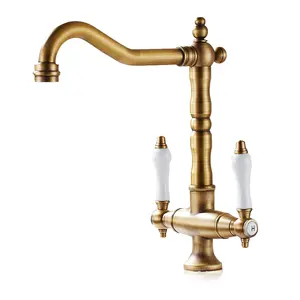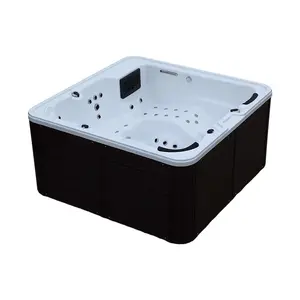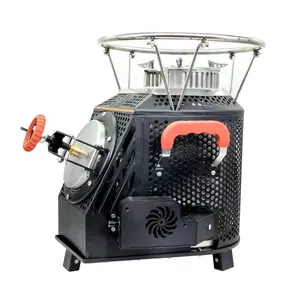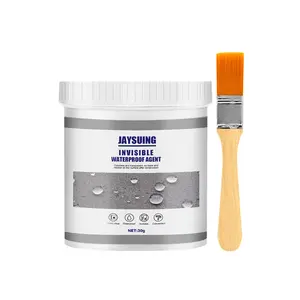Popular in your industry

















Related Searches:























Top categories
About sprinkler tubing
Sprinkler tubing is a cornerstone in the realm of irrigation, playing a pivotal role in the distribution of water across various landscapes. Its design and functionality are tailored to meet the specific needs of diverse irrigation systems, ensuring that water is delivered efficiently and effectively, whether it be for large-scale agricultural projects or for the meticulous care of residential gardens.
Types and Characteristics of Sprinkler Tubing
The sprinkler tubing market offers a plethora of options, each with unique characteristics designed to address specific irrigation needs. For instance, drip irrigation hose pipes are slender and designed for low-volume watering, ideal for precise applications in vineyards or home gardens. In contrast, larger sprinkler PVC pipes are used in more robust systems, capable of delivering higher volumes of water for broader applications such as park maintenance or crop irrigation. The soaker and sprinkler hoses combine the features of both, providing a versatile solution that can be adapted to a range of environments. The tubing's specifications, such as pressure ratings, diameters, and wall thickness, are meticulously standardized to ensure they can handle the designated water flow and environmental stressors they will encounter.
Structure and Operation of Sprinkler Tubing
Delving deeper into the structure, sprinkler tubing is composed of several layers, each contributing to the overall functionality and durability of the product. The innermost layer is often smooth to facilitate unimpeded water flow, while the outer layer is designed to be tough against abrasions and punctures. In the case of multi-layered flexible sprinkler pipes, a middle layer may provide additional reinforcement against pressure changes and potential damage from root intrusion or pests. The operation of the tubing is seamless, with specialized sprinkler pipe fittings that allow for secure connections, enabling the system to navigate around corners, ascend slopes, and even be routed beneath walkways without compromising water delivery efficiency.
Materials and Properties of Sprinkler Tubing
The selection of materials for sprinkler tubing is a careful balance between performance, durability, and cost. PVC is renowned for its longevity and resistance to a wide range of chemicals, making it a staple in the construction of sprinkler system pipes. Silicone-based tubing, while more expensive, offers unmatched flexibility, making it an excellent choice for systems that require intricate layouts. Polyester-reinforced hoses are known for their burst resistance and are often used in high-pressure scenarios. The choice of material directly impacts the tubing's ability to withstand UV radiation, temperature extremes, and mechanical wear, which are all critical factors in the longevity and reliability of an irrigation system.
Business Usages and Applications of Sprinkler Tubing
Sprinkler tubing is a versatile product that serves a wide array of business applications. In the agricultural sector, it is used to ensure the consistent growth of crops by delivering water directly to the root zone, thus maximizing yield while conserving water. In commercial landscaping, it provides an efficient means to maintain lush lawns and gardens, which are essential for the aesthetic appeal of hotels, office parks, and public spaces. In the industrial setting, sprinkler tubing is used for dust suppression and cooling in factories and warehouses. The economic impact of efficient water management through quality tubing cannot be overstated, as it leads to significant savings in water usage and labor costs, while also contributing to the sustainability goals of businesses.
Functions of Sprinkler Tubing
The primary function of sprinkler tubing is to serve as the conduit through which water travels from its source to the areas where it is needed. It is engineered to perform specific tasks, such as delivering water at a consistent rate for drip irrigation systems, or providing a uniform spray pattern for hose pipe sprinkler systems. Additionally, specialized tubing may include built-in emitters for drip irrigation, or be perforated for use as soaker hoses in garden beds. The tubing's design ensures that it can be used above ground, buried, or even within walls for green building designs, providing flexibility in system architecture.
Features of Sprinkler Tubing
The distinct features of sprinkler tubing include its resistance to environmental factors such as UV radiation and frost, which ensures that the tubing will not degrade prematurely when exposed to the elements. The tubing's resilience to crushing and kinking is also a key feature, allowing it to be used in high-traffic areas without the risk of damage. For systems that require discretion, such as in ornamental gardens, tubing can be color-matched to blend with mulch or soil. The adaptability of the tubing to various sprinkler pipe fittings also allows for quick modifications and repairs, which is invaluable for maintaining system uptime.
Benefits of High-Quality Sprinkler Tubing
Investing in high-quality sprinkler tubing yields tangible benefits. It minimizes the risk of system failure, which can lead to costly water loss or damage to landscapes. The efficiency of a well-constructed tubing system also translates to water conservation, aligning with eco-friendly practices and reducing the ecological footprint of irrigation. For businesses, the reliability of the tubing means less downtime and maintenance, ensuring that operations continue smoothly without interruption. Furthermore, the adaptability of high-quality tubing to various landscapes and conditions means that a single system can serve diverse watering needs, from delicate flower beds to robust vegetable patches.
How does sprinkler tubing enhance irrigation systems?
Sprinkler tubing enhances irrigation systems by providing a reliable and efficient means of water transport. The tubing's design and material composition are optimized for minimal friction loss, ensuring that water pressure is maintained across the system. This is particularly important in drip irrigation hose pipe systems, where consistent water flow is necessary for even irrigation.
What are the considerations when choosing sprinkler tubing?
When choosing sprinkler tubing, considerations include the type of irrigation system (e.g., drip irrigation to hose), the environmental conditions, water pressure requirements, and the physical layout of the area to be irrigated. It's also important to consider the compatibility of the tubing with sprinkler pipe fittings and the overall quality and durability of the product.
How to ensure the longevity of your sprinkler tubing?
Ensuring the longevity of sprinkler tubing involves regular inspections for damage, proper installation to prevent stress and strain on the tubing, and the use of high-quality materials and fittings, such as PVC for sprinkler pipes. Additionally, understanding and implementing proper repairing irrigation pipe techniques can extend the life of the system significantly.



























